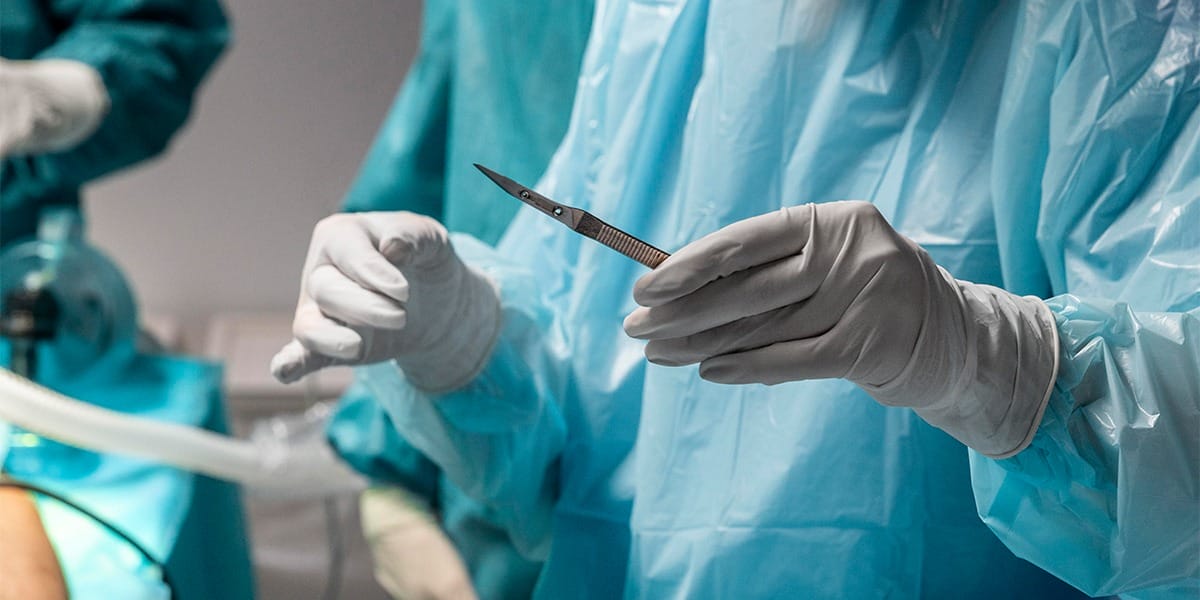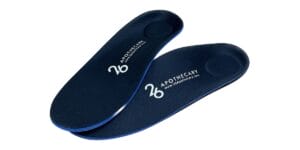In the realm of bunion surgeries, there’s a spectrum of procedures designed to address various levels of deformity and discomfort. From minimally invasive techniques to more complex and advanced procedures, this blog post will delve into the latter, specifically tailored for individuals dealing with moderate to severe bunion deformities. If you’re someone with an extremely enlarged bump on the side of your foot or a great toe that’s severely out of place, this is the guide you’ve been searching for. We’ll explore three advanced procedures – first MPJ arthrodesis, closing base wedge osteotomy, and the Lapidus procedure – all of which promise relief and improved mobility.
1. First MPJ Arthrodesis: Restoring Stability
In some situations, fusing the great toe joint may be the best procedure for individuals who have a severe deformity and severe arthritis in the great toe joint. Additionally, individuals who have a history of rheumatoid arthritis, and/or are elderly may do best by fusing the great toe joint. This can correct a severe bunion and give the patient a very predictable and dependable result. Fusing the big toe joint allows the patient to walk immediately on their foot while in a protective boot. After the great toe joint is fused together, it will be stiff and will no longer bend, however, sometimes this is the best option for patients to achieve pain-free mobility and a return to normal activities.

2. Closing Base-Wedge Osteotomy: A Precise Solution
The closing base-wedge osteotomy is a procedure where a bone cut (osteotomy) is performed in the middle (shaft) of the first metatarsal. This procedure is a great choice for pediatric bunions, especially those individuals in their teenage years. This procedure is a joint-sparing procedure meaning it does not violate the joint so as to preserve maximum natural motion. Additionally, a shaft procedure such as a base-wedge osteotomy avoids disruption of the individual’s growth plates, thus ensuring there will be no changes to the natural development of the bone’s length and size. This procedure does require the patient to be non-weight-bearing in a cast for roughly 6 weeks, however, most young patients are able to navigate this with crutches very easily. Procedures such as a first MPJ fusion or Lapidus are not typically recommended for patients with open growth plates while the bones are still growing.

3. The Lapidus Procedure: A Modern Solution
Finally, the Lapidus procedure has gained recent popularity on social media through increased marketing by implant companies who have developed new implant plating systems. The Lapidus procedure has existed for many years and is a realignment and fusion of the first metatarsal cuneiform joint. This procedure offers significant correction of a severe bunion deformity as the lever arm of correction is greater since the procedure is performed further back into the foot. Incisions may be longer than those for a traditional bunion procedure and/or may include multiple incisions. Finally, this procedure does require a cast and non-weight-bearing for a minimum of 2 to 3 weeks as newer technology and plating systems enable patients to weight-bear sooner than traditionally done in the past.

Recovery Considerations
It’s important to note that advanced bunion surgery procedures are more invasive and may require extended downtime. Patients might need to spend more time in a walking boot or be non-weight-bearing in a cast, relying on crutches or a knee scooter for mobility during the recovery period.

If you’re dealing with a severe bunion that’s causing pain and affecting your daily life, it’s crucial to consult with specialists experienced in these advanced procedures. They can assess your condition and recommend the most suitable approach for your unique case.
Remember, your journey to pain-free and mobile feet begins with the right information and the guidance of skilled professionals. Don’t let bunions hold you back from a life of comfort and activity.



